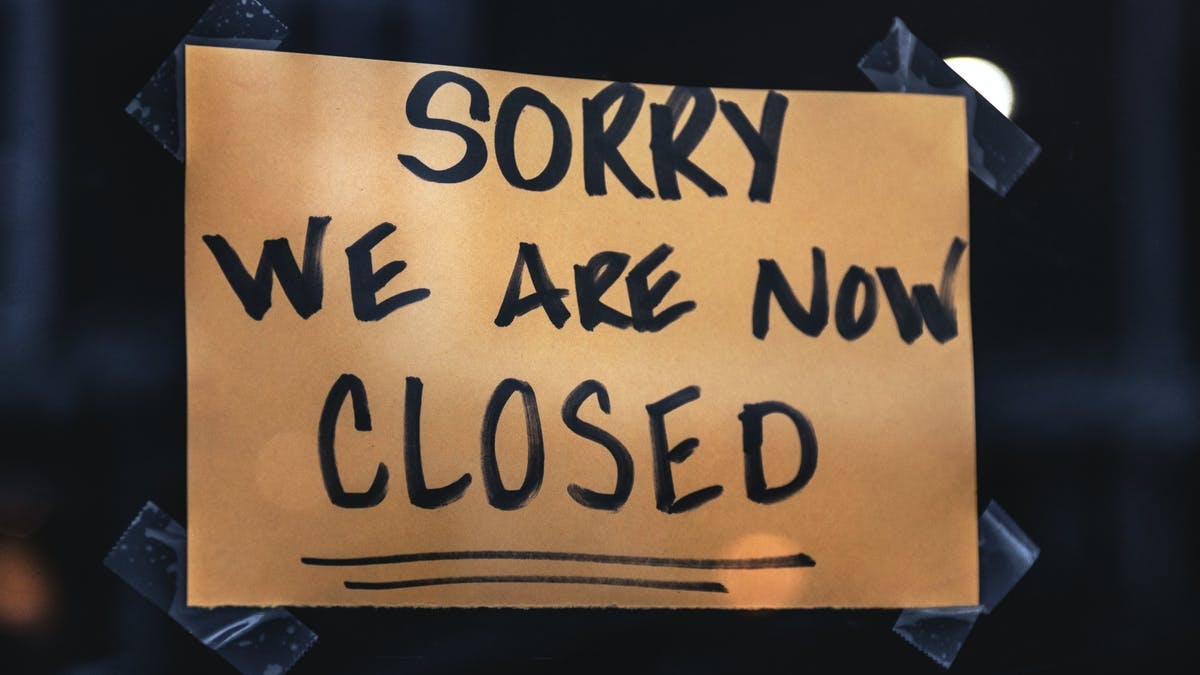Australia’s business landscape experienced significant growth in the 2023-24 financial year, with more new businesses entering the market than exiting. Still a rising tide of business closures has tempered the overall growth.
As of June 30, 2024, Australia recorded a total of 2,662,998 actively trading businesses, marking a significant year for business growth across the country. Over the 2023-24 financial year, the number of businesses increased by 2.8%, equating to 73,125 new enterprises. This expansion is driven by a robust 16.8% entry rate, resulting in 436,018 new businesses entering the market, while the exit rate stood at 14.0%, with 362,893 businesses ceasing operations.
The Transport, Postal, and Warehousing sector led the growth, with an 8.5% increase, bringing the total to 237,506 businesses. Health Care and Social Assistance followed closely with a 7.7% rise, totaling 199,763 businesses. Financial and Insurance Services also saw a 4.8% growth, reaching 129,031 businesses. Conversely, the Agriculture, Forestry, and Fishing industry experienced the largest decline, down by 1.3% to 172,248 businesses.
Ben Thompson, CEO and Chief Economist, Employment Hero: “The ABS’ announcement this morning on business count, entries and exits reveals a troubling surge of 362,893 closures; 14% exit rate. This is very concerning, particularly among SMEs. But these figures, unfortunately, were something we were expecting.”
“We have observed the consistent struggles of Australian SMEs for quite some time now, and this directly underscores the severe economic pressures facing the sector. However, these numbers should serve as the final wake-up call: Australia’s SMEs are not just struggling – they’re shutting down at an alarming rate. The current economic climate, marked by soaring inflation, rising costs, and weakened consumer confidence, is pushing many SMEs to the brink. In fact, ACCI recently revealed half of Australian SMEs have considered closing their doors in the last 12 months. Likewise, new and ever-changing regulations on businesses are adding even more of a burden, putting businesses at risk of non-compliance that can pin them with major fines.”
“Without urgent, targeted support, we risk losing a significant portion of the backbone of our economy, along with the jobs and communities that depend on them. It’s imperative that we act now to safeguard the future of our SME sector.”
State-by-state performance
New South Wales saw the largest increase in business numbers, with 25,569 new businesses. Victoria followed with an 18,641 increase. The Australian Capital Territory and Western Australia had the highest percentage growth, each rising by 3.5%.Financial corporations saw a 7.3% increase, while non-financial corporations grew by 4.3%. The household sector, the largest institutional sector, grew by 1.2%, accounting for nearly half of all businesses. Companies led the legal organisation types in growth, with a 5.4% increase, while partnerships saw a 4.1% decline.
The number of non-employing businesses grew by 4.9%, reflecting a broader trend of businesses shifting from employing to non-employing. Notably, businesses with turnover above $2 million increased by 9.9%, with the $10 million turnover size range showing the highest percentage growth at 12.1%. In the June 2024 quarter alone, there was a 1.0% increase in business numbers, with 130,046 entries and 104,952 exits. Seasonally adjusted figures show a steady growth trend, with a 0.4% increase in total businesses during the quarter. These figures underscore a dynamic and resilient Australian business environment, with substantial growth across various sectors and regions, despite some industries facing challenges.
Keep up to date with our stories on LinkedIn, Twitter, Facebook and Instagram.

